- Gentelle
- News
- 0 likes
- 22226 views
- 0 comments

A common question asked by consumers, often when shopping for clothing or linen, is the meaning behind the GSM label in fabrics.
GSM in fabric, also known as grams per square metre is simply the metric measurement of the weight of a fabric. This measurement helps one decide on the best weight to buy, considering the usage of the material at hand.
The higher the GSM number, the denser the fabric will be. For example, if the label on a linen shirt reads 180-200 GSM, the shirt material would be thick and would probably keep one warm. On warmer days, the best pick would be a shirt that is 130-150 GSM which is bound to be airy and flimsy. On the other hand, consumers shopping for cheap, promotional shirts would opt to buy 100-110 GSM shirts, as these would only be worn a very few times and even if it fades after each wash, it probably doesn’t really matter.
The same rule applies to towels, upholstery linen and all types of clothing ranging from winter to summer wear. Next time you see the value of a fabric’s GSM, think about the purpose for purchase.
Here’s a breakdown of fabric GSM to explain this better:
- Lightweight fabrics: chiffon, linen, organza, cheesecloth, lace, voile, mesh
- Medium weight fabrics: face towels, hand towels, bath towels, pool towels, sateen, oxford, velvet, taffeta, charmeuse
- Heavy weight fabrics: face towels, hand towels, bath towels, pool towels, upholstery fabric, canvas, brocade, poplin, denim
- Lightweight fabrics are mostly used in the manufacturing of summer clothes and underwear, while heavy weight, dense materials are popularly used for upholstery and furnishing.
Now you know why denim jeans last a lifetime, and why delicate organza blouses require careful hand washes.
This begs the next question; is there a correlation between the GSM of fabric, or the weight of a fabric and its price? The answer is ‘yes’. Simply because more raw materials of better quality would be used to weave fabrics that are higher in weight. This would result in them being higher in price too.
You probably now understand why a 210gsm luxury linen shirt is more expensive than its lighter 130gsm beach shirt counterpart. It all boils down to the weight, and by extension, the durability of the material or fabric. A heavier fabric is expected to last longer by withstanding the affects of washing, drying and regular wear.
Although metric measurements (GSM) are generally the most common place when measuring the weight of fabric, some parties indicate weight in ounces per square yard. This is also known as Imperial weights (oz/yd2).
Fabric Weight (GSM) Chart
|
GSM |
Oz / sq2 |
Fabric |
Application |
|
67.81 |
2 |
Wadding (quilt filling) hollow fabric Lightweight |
An anti-allergy padding used between the top layer and backing fabric of quilts. Also used for filling toys, cushions and duvets. |
|
135.62 |
4 |
Lightweight cotton |
Ideal for blouses, shirts, summer dresses, and arts and crafts. |
|
196 |
5.78 |
PVC netting Medium weight |
Skip nets, golf nets and used in the garden. Eg: pond protection and insect screening. |
|
237.34 |
7 (without wadding) |
Quilted waterproof fabric Medium weight |
Pet bedding, quilted jackets, outdoor clothing eg – equestrian |
|
275 |
8.11 |
Jute cloth Hessian fabric Medium weight |
Ideal for craft bags and sacks, often used in the agriculture and construction industries. Not suitable for apparel. |
|
340 |
10.03 |
Decitex scrim polyester Medium weight |
Mostly used for industrial applications such as reinforcing roofing. |
|
406.87 |
12 |
Denim fabric Medium weight |
Wide range of use from jeans, jackets to upholstery, heavier shirts and structured straight skirts. Not ideal for ruffling and draping. |
|
508.58 |
15 |
Waterproof PU fabric Heavy weight |
Tent fabric, bags, outdoor apparel, raincoats and umbrellas. |
|
450 to 650 |
|
|
Face Towels, Bath Towels, Pool Towels |
|
700 |
20.65 |
Melton wool fabric Heavy weight |
This soft, warm, dense and tightly woven fabric is suitable for coats, jackets, blankets, uniforms and furnishings. |
| 900 to 950 |
|
|
|
Originally posted: https://www.gentelle.com/blog/what-is-gsm-in-fabrics/
 EN
EN  اللغة العربية
اللغة العربية
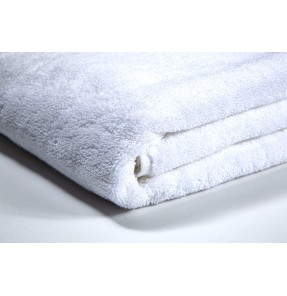

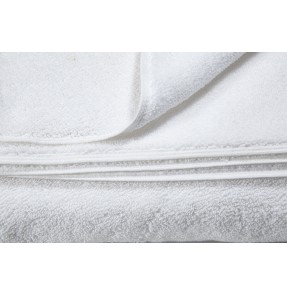

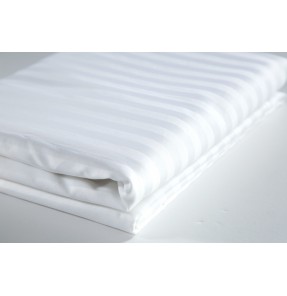

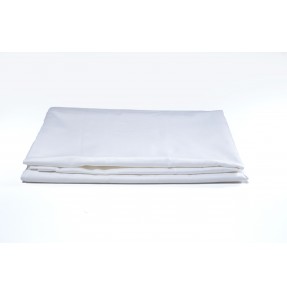


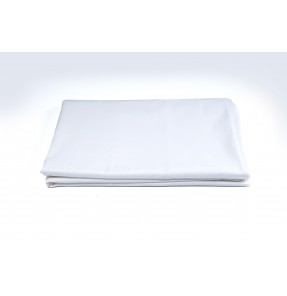

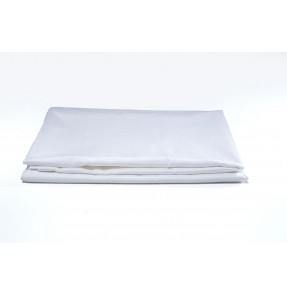








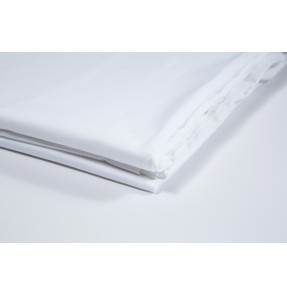



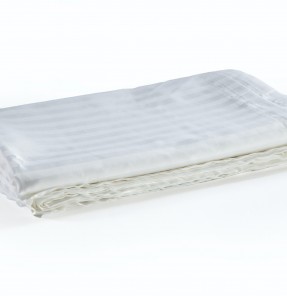

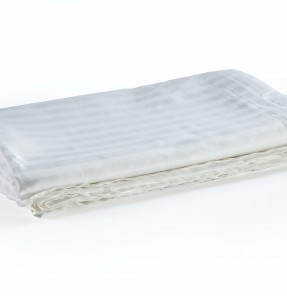


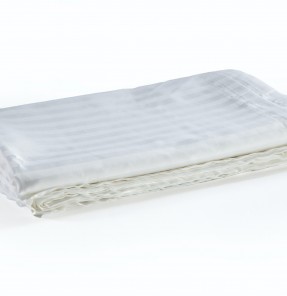



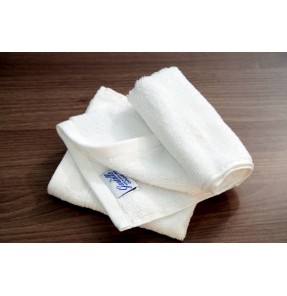
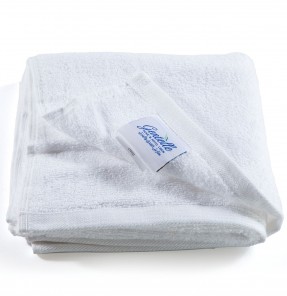
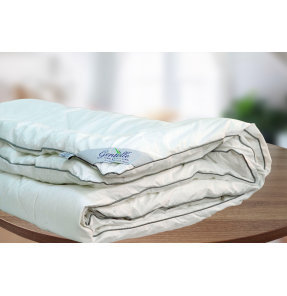
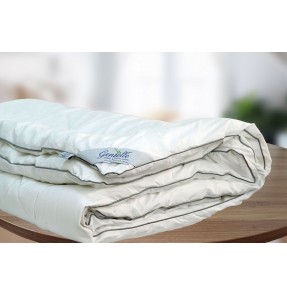

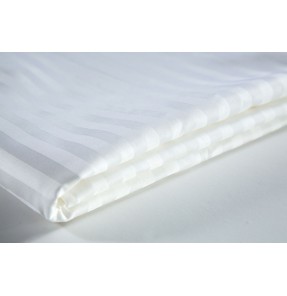
Comments (0)